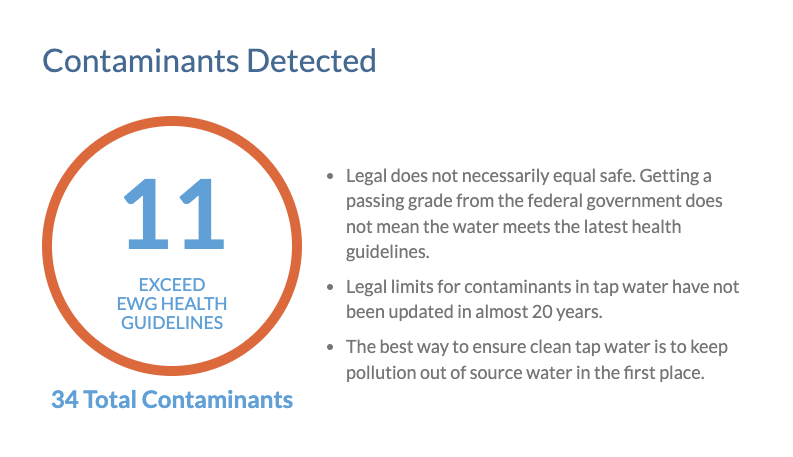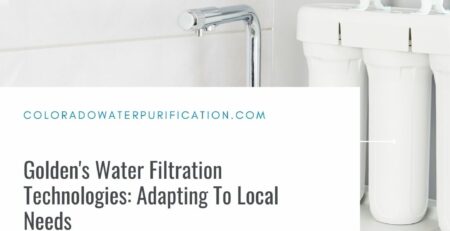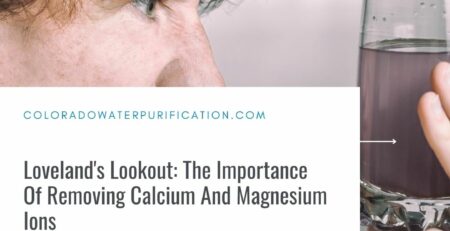Water Contaminants in Littleton: What You Need to Know (And What You Can Do)
Nick2023-09-05T15:01:24-06:00Littleton, Colorado is a vibrant city with a lot to offer its residents. But like many cities, Littleton’s water supply contains some contaminants. According to the Environmental Working Group (EWG) Health Guidelines, the water in Littleton contains 11 contaminants that are known to be harmful to human health, even at low levels.
Here is a brief overview of each contaminant and the potential health risks associated with it:
- Antimony: A naturally occurring metal that can be harmful to human health at high levels. Antimony can cause cancer, kidney damage, and other health problems.
- Barium: A metal that can be found in groundwater and can be harmful to human health at high levels. Barium can cause nerve damage, muscle weakness, and other health problems.
- Chromium (hexavalent): A form of chromium that is highly toxic and can cause cancer.
- Chlorinated solvents: A group of chemicals that are used in industrial processes and can be harmful to human health at high levels. Chlorinated solvents can cause cancer, liver damage, and other health problems.
- Dibromoacetic acid: A chemical that is formed when chlorine reacts with organic matter in water. Dibromoacetic acid has been linked to cancer and other health problems.
- Dibromochloromethane: A chemical that is formed when chlorine reacts with organic matter in water. Dibromochloromethane has been linked to cancer and other health problems.
- Fluoride: A mineral that is added to drinking water in many communities to help prevent tooth decay. However, high levels of fluoride can also be harmful, especially to children under the age of nine.
- Haloacetic acids (HAA5): A group of chemicals that are formed when chlorine reacts with organic matter in water. HAA5s have been linked to cancer and other health problems.
- Manganese: A mineral that is essential for human health in small amounts. However, high levels of manganese can be harmful and can cause neurological problems.
- Nitrate: A nutrient that can be found in fertilizers and manure. High levels of nitrate in drinking water can be harmful to infants, causing a condition called blue baby syndrome.
- Total trihalomethanes (TTHMs): A group of chemicals that are formed when chlorine reacts with organic matter in water. TTHMs have been linked to cancer and other health problems.
It is important to note that the levels of these contaminants in the water supply of Littleton are below the EPA’s maximum contaminant levels (MCLs). However, the EWG Health Guidelines are more stringent than the EPA’s MCLs, and they take into account the potential health risks of exposure to even low levels of contaminants.
If you are concerned about the quality of your drinking water in Littleton, there are a few things you can do:
- Have your water tested by a certified laboratory.
- Install a water filter that is certified to remove the contaminants that are of concern to you.
- Boil your water for at least one minute to kill any bacteria or viruses that may be present.
If you have any questions or concerns about the water quality in Littleton, you can contact the Littleton Water and Light Department.
I hope this information is helpful. Please don’t worry too much about the contaminants in your water. The levels are below the EPA’s MCLs, and there are steps you can take to reduce your exposure to these contaminants.












